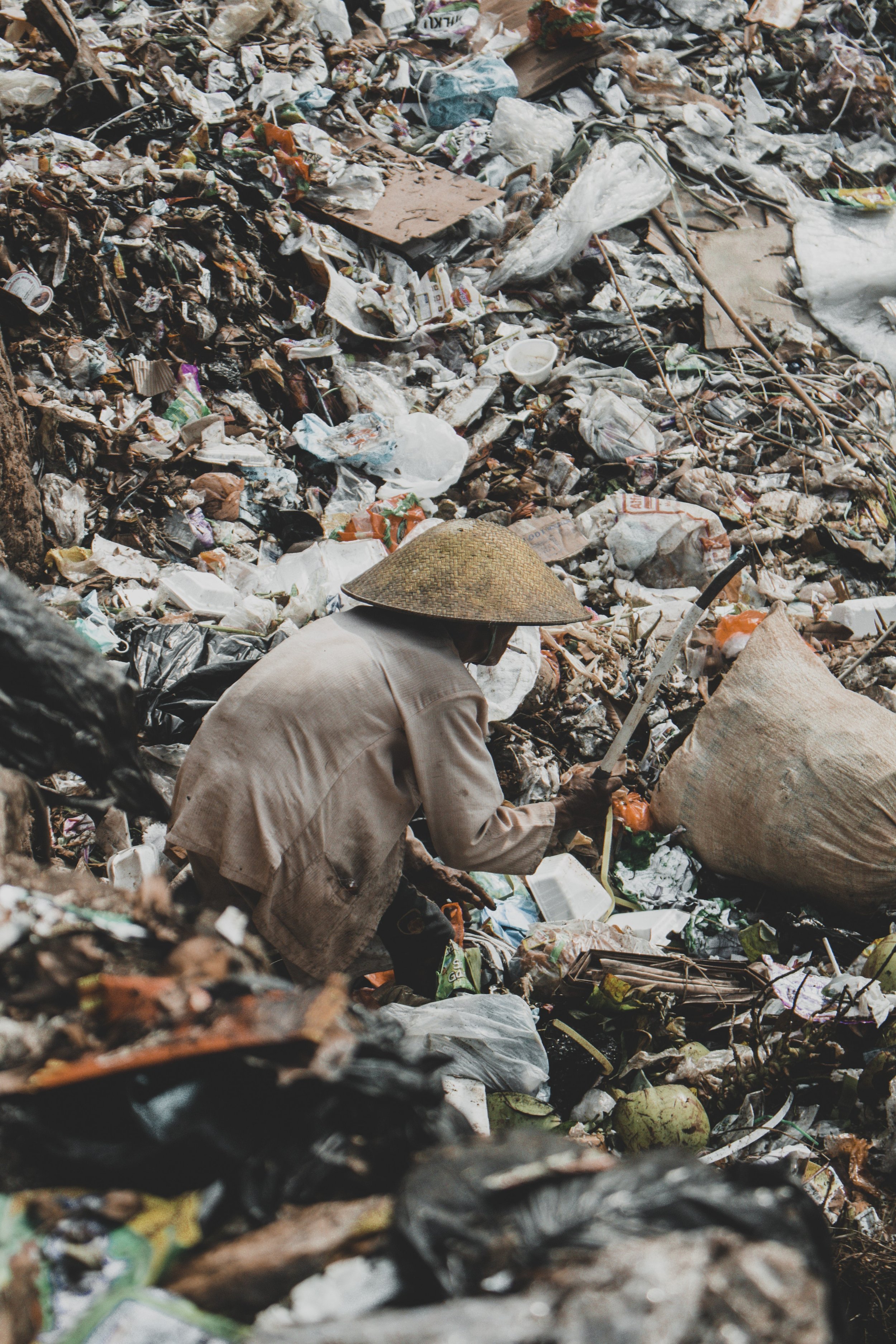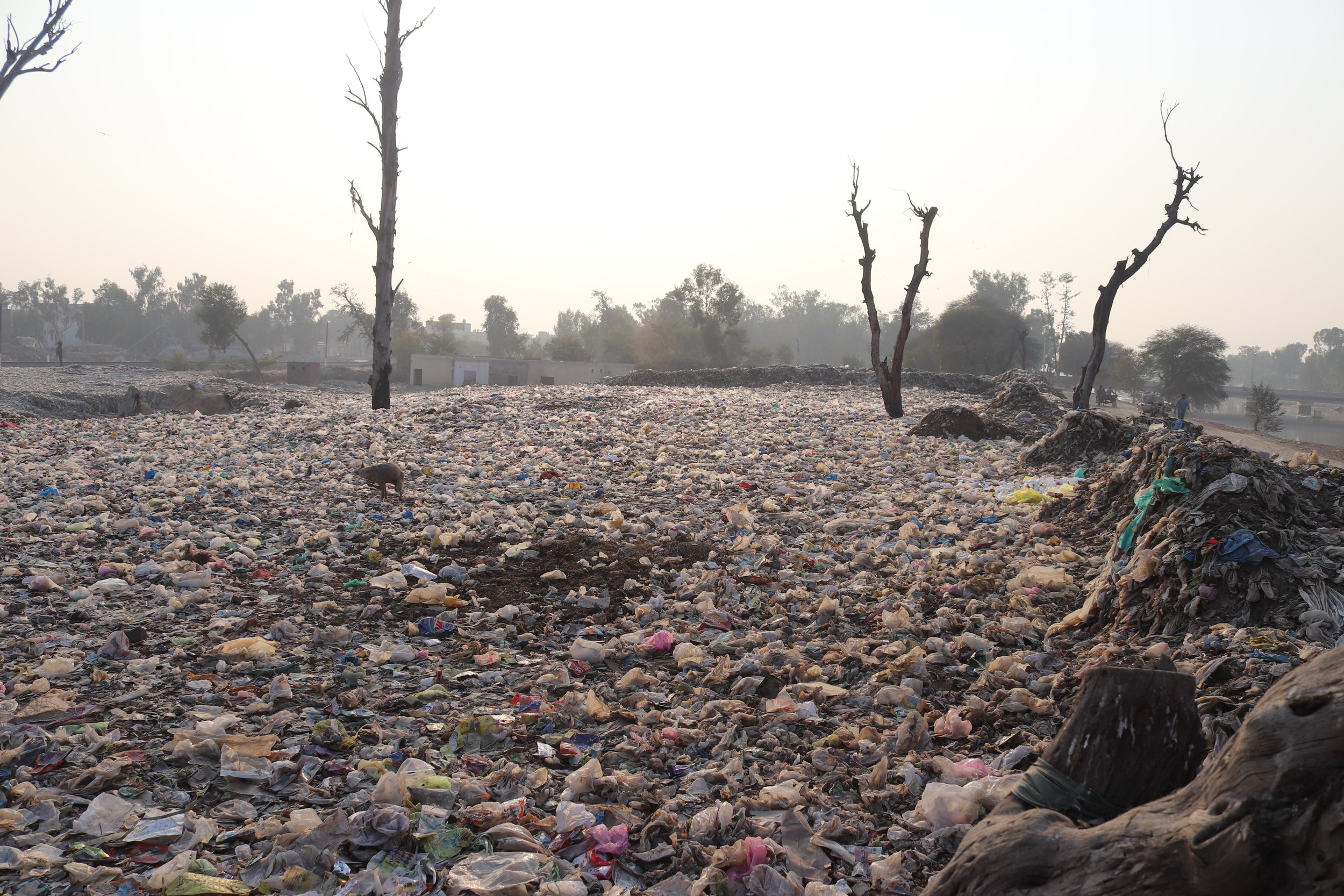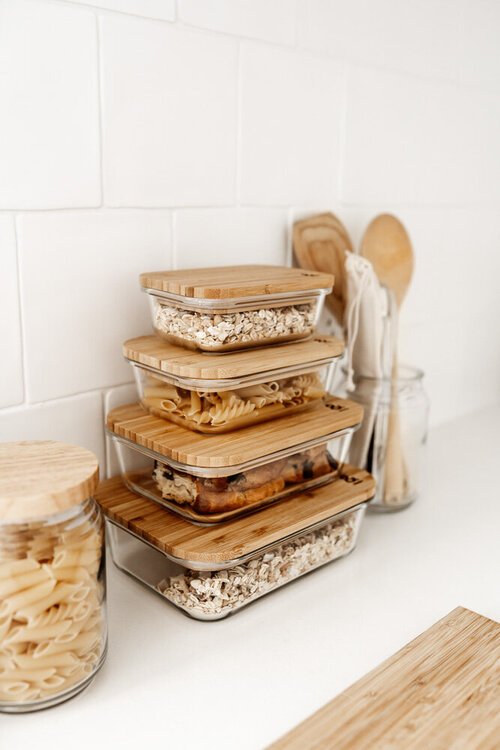How to Live more Sustainably
Plastic pollution has become one of the most pressing environmental issues, as the rapidly increasing production of disposable plastic products overwhelms the world’s ability to deal with them.
Over the years we have become addicted to single-use or disposable plastic — with severe environmental consequences. Around the world, one million plastic drinking bottles are purchased every minute, while 5 trillion single-use plastic bags are used worldwide every year. In total, half of all plastic produced is designed to be used only once — and then thrown away.
Our planet is drowning in plastic — it's time for a change!
Many of us use these products every day, without even thinking about where they might end up. The most common type of plastic products we use are grocery bags, drink bottles, cups and lids, food wrappers, plastic cutlery and straws, bathroom products, cleaning products ...etc. Plastic is harming marine animals, ecosystems, and it's hazardous to human health.
Did you know?
Half of all plastics ever manufactured have been made in the last 15 years.
Researchers estimate that more than 8.3 billion tonnes of plastic have been produced since the early 1950s. About 60% of that plastic has ended up in either a landfill or the natural environment.
Production increased exponentially, from 2.3 million tons in 1950 to 448 million tons by 2015. Production is expected to double by 2050.
Every year, about 8 million tons of plastic waste escapes into the oceans from coastal nations.
only 9% of all plastic waste ever produced has been recycled. About 12% has been incinerated, while the rest — 79% — has accumulated in landfills, dumps, or the natural environment.
plastic bottles take up to 450 years to decompose in landfill.
today we produce 300 million tonnes of plastic waste every year.
And yet there’s a growing concern. It’s not just the photos of whales, albatrosses, and sea turtles washing ashore, stomachs clogged with plastic, or the stories about swirling ocean vortexes collecting litter from around the globe—although these are sobering. Reliable research now shows that tiny bits of plastic are in our food, drinking water, the air we breathe, and, yes, inside our bodies.
We need to improve the way we manage our plastic waste.
It’s certainly not realistic to remove all plastic from your life. But, taking a look at some stats down below may encourage you to reduce your single-use plastic footprint. Just little swaps and implementing different things in life and being more mindful about how we live is a good way to start. For example:
decrease your plastic consumption
get strict with yourself. carry reusable shopping bags, cutlery, containers, metal or bamboo straws, water bottles, and coffee cups...
avoid takeout food and food products that are wrapped in plastic or styrofoam
don't be fooled by "compostable" plastic products. These items are only compostable in composting facilities (which we often don't have access to)
Invest in a reusable water bottle that you like.
Recycle + learn how to.
"no straw please" when ordering drinks in a restaurant.
— nowadays there are so many sustainable solutions and alternatives to every single use plastic.













